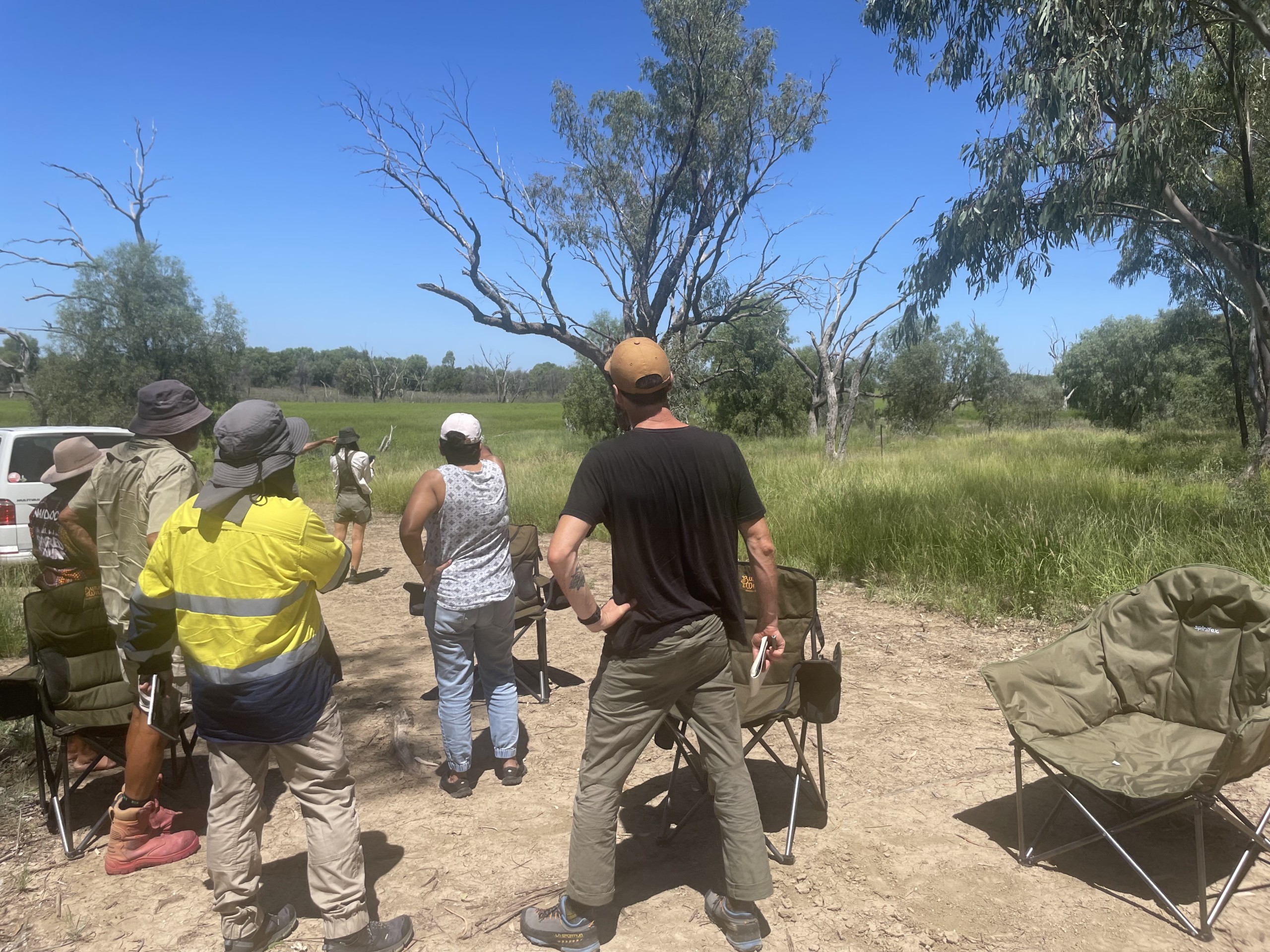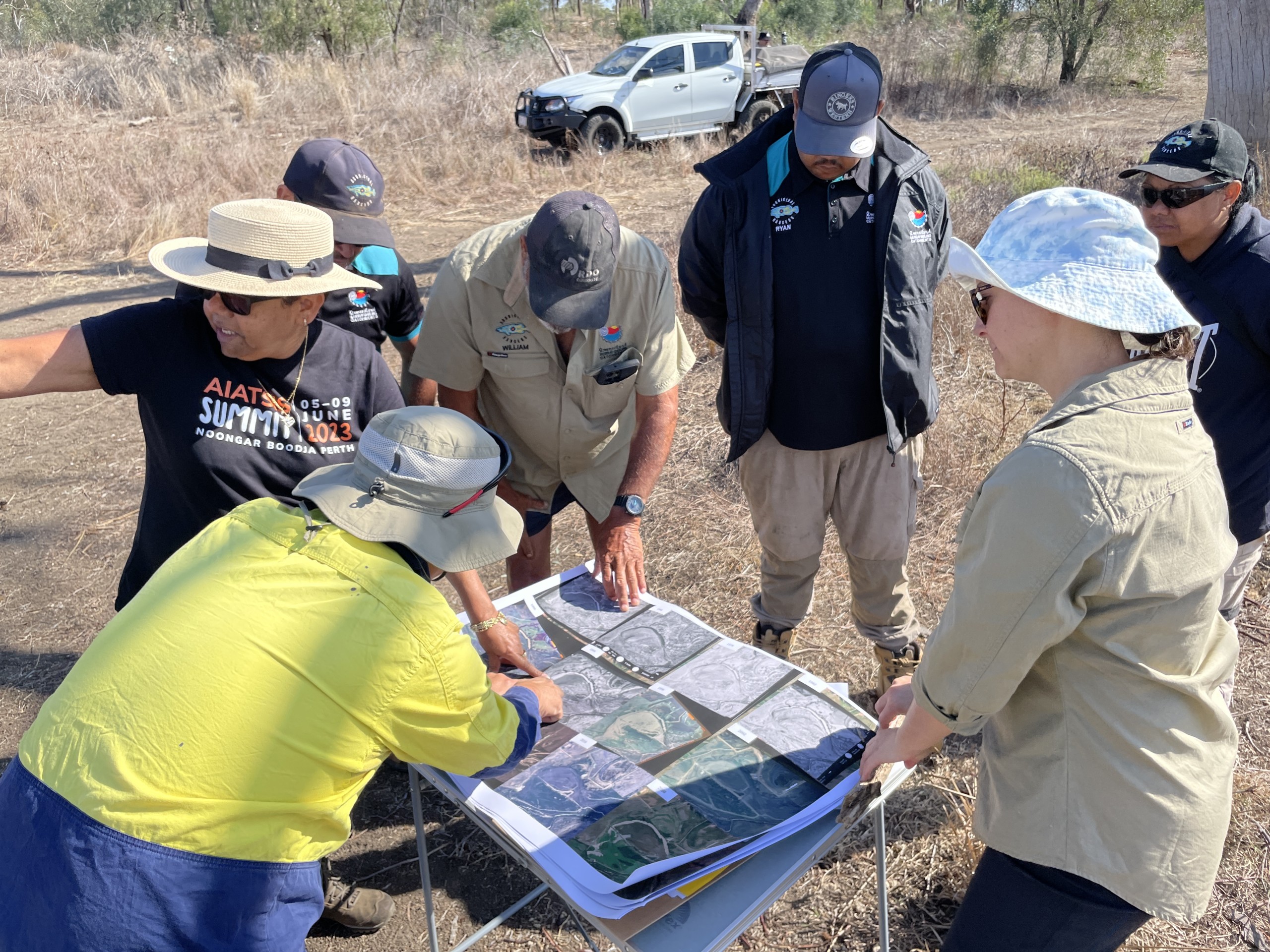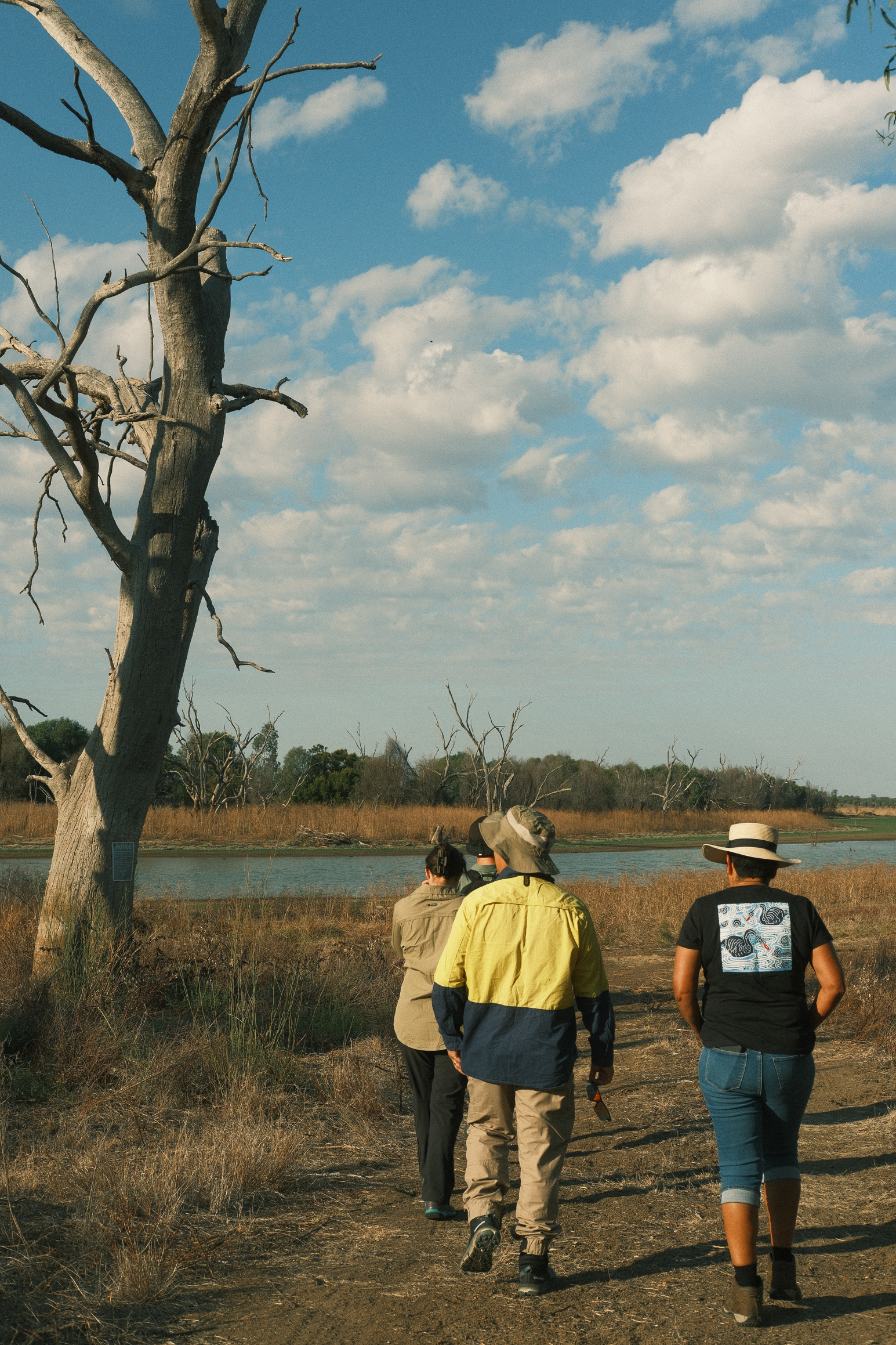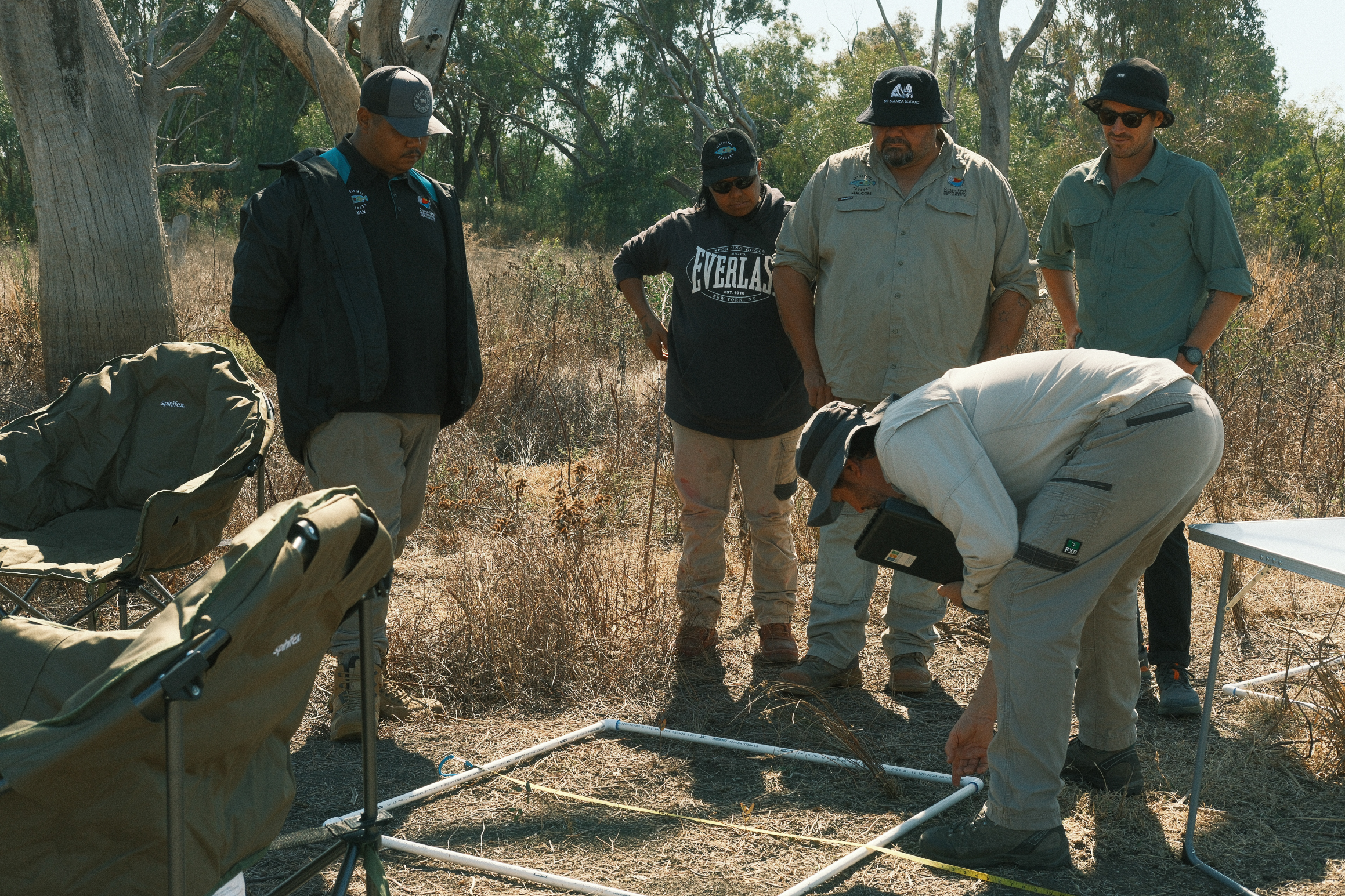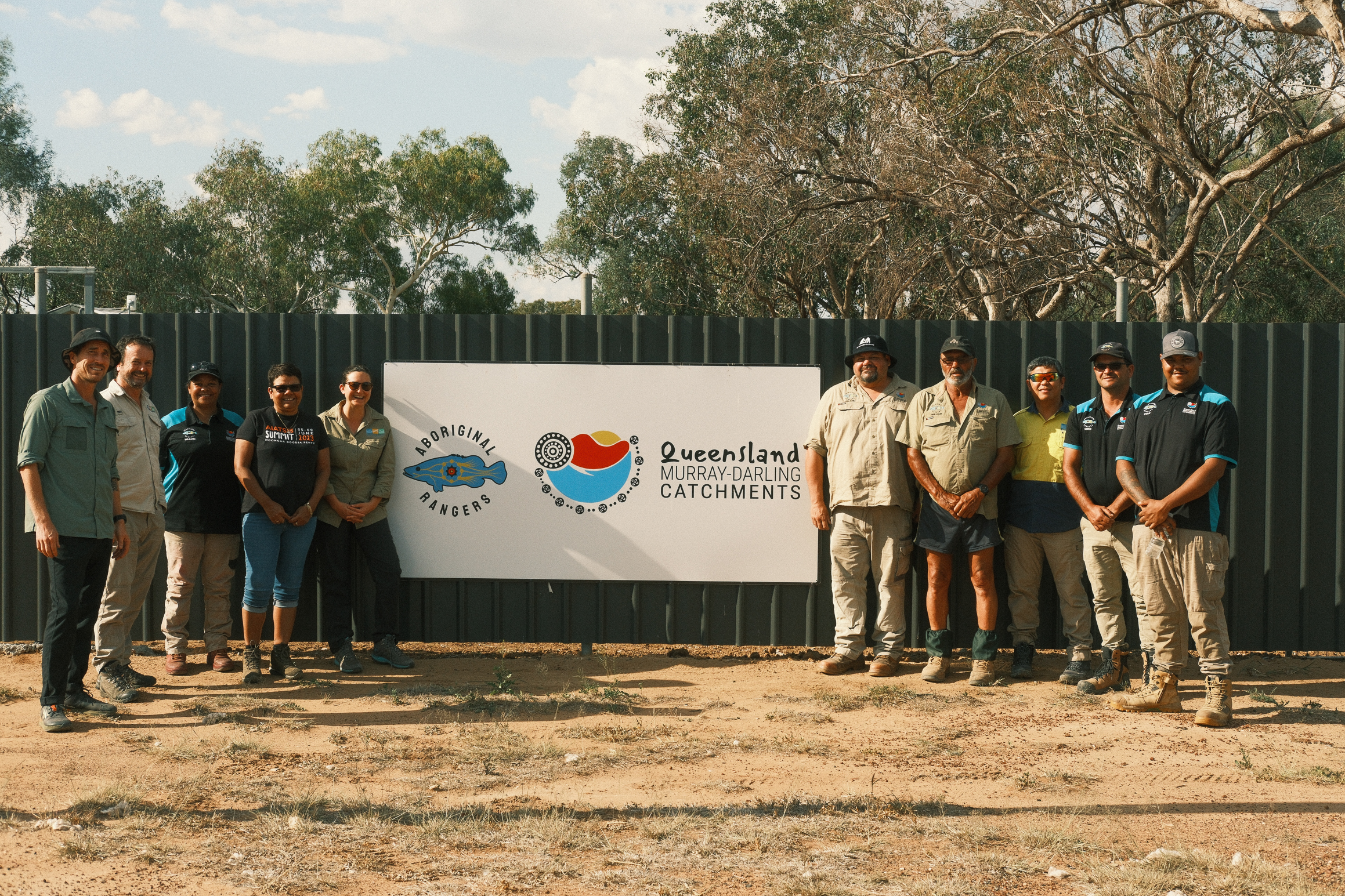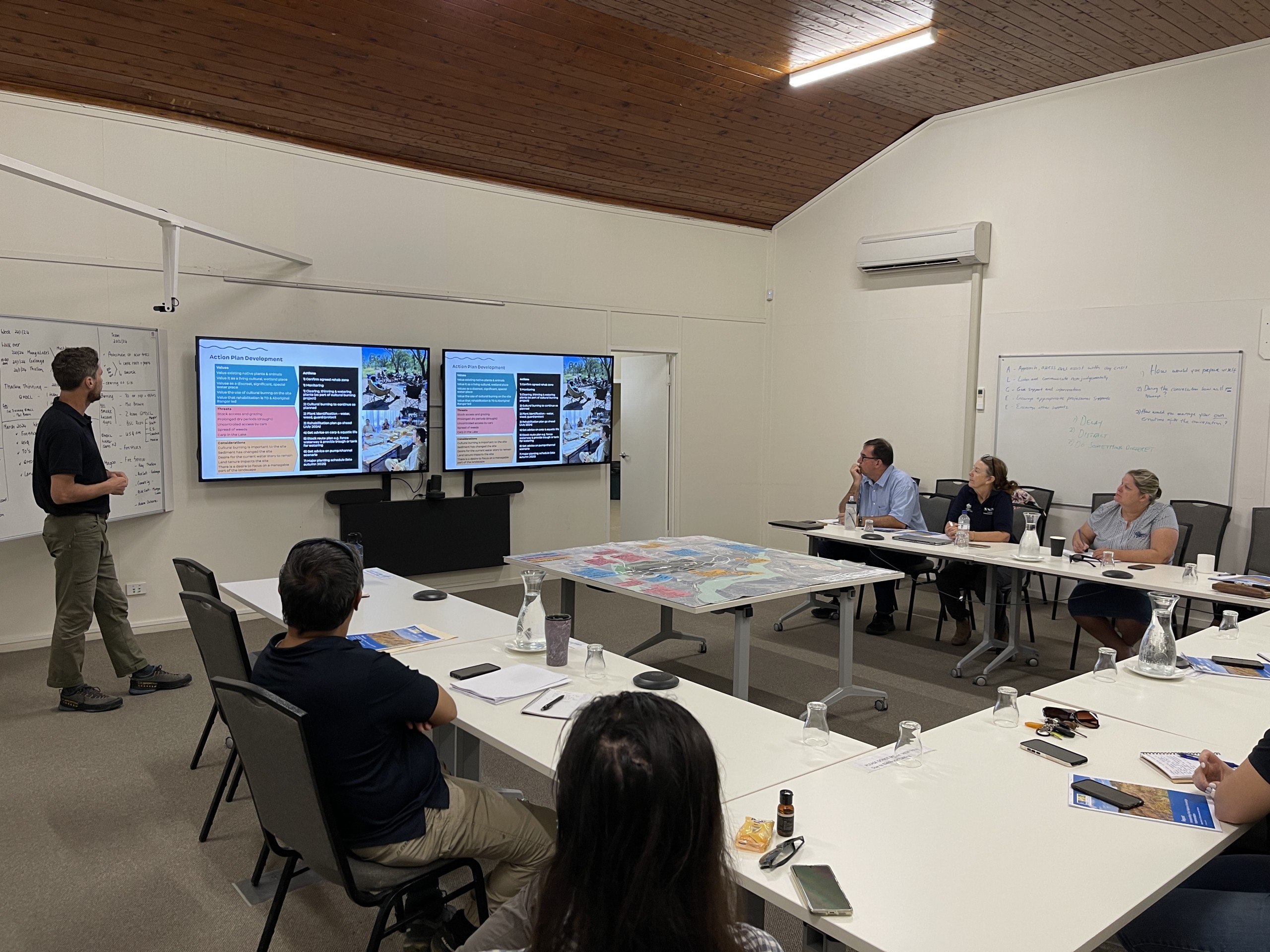First Nations Knowledge in Water Modelling: Implementation Case Study
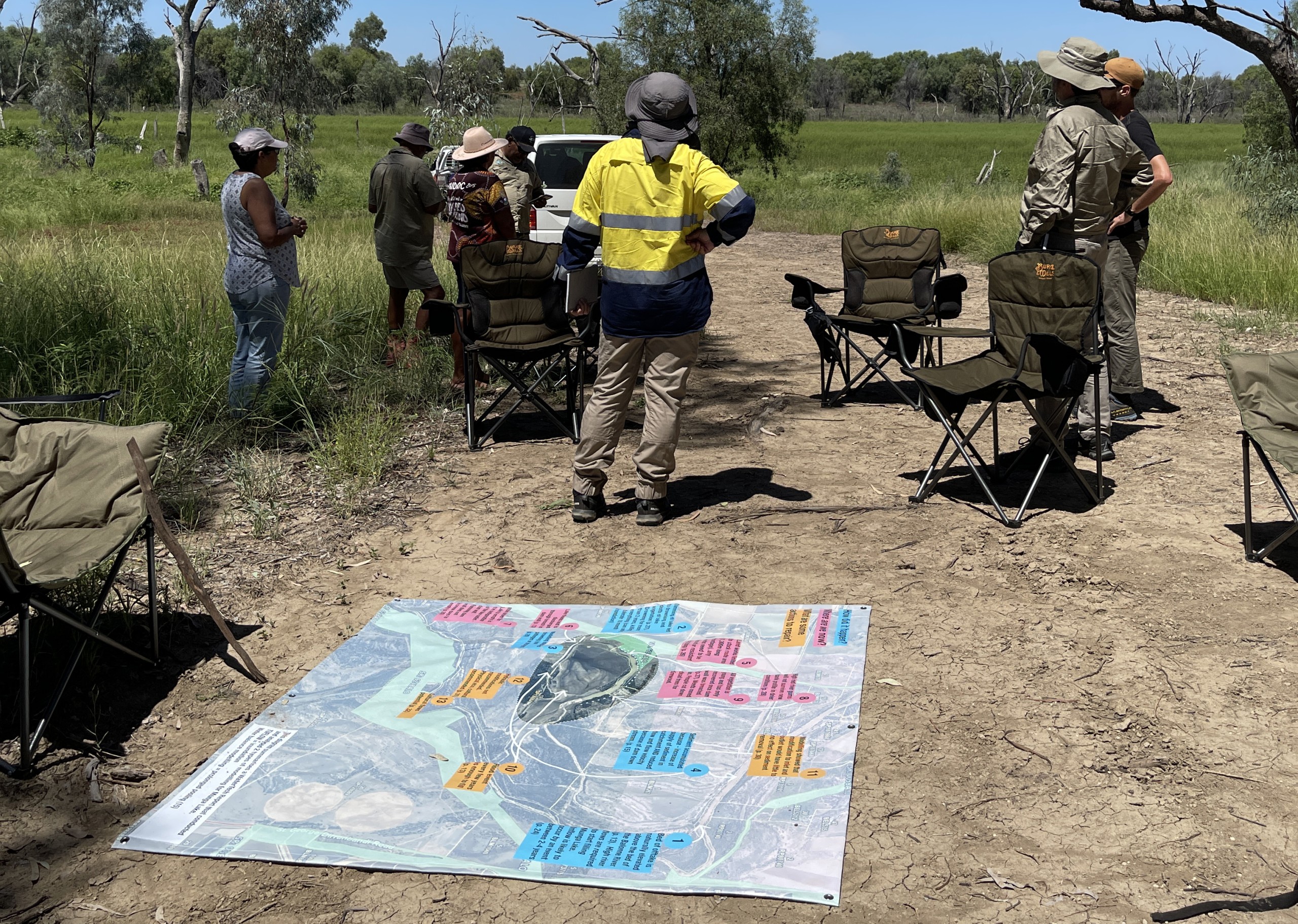
Background
The project ‘First Nations Knowledge in Water Modelling: Implementation Case Study’ seeks to apply learnings from and earlier project ‘Incorporating First Nations Land Management into Technical Approaches to Water Modelling’ (2022 – 2023). The project focusses on the community of St George in the Northern Murray Darling Basin.
Opportunity for futures
The opportunity for futures is best summed up via this quote from the Statement on environmental water use in 2021–22 created by Traditional Owners from many parts of the Southern Murray Darling Basin who came together on Latji Latji Country, in Mildura to share information about the health of Country and discuss preferred outcomes from the management of environmental water.
“We want co-management of all environmental water. We want to be empowered to make the decisions about how environmental water is used. Prioritisation and water planning should be driven from the ground up, by First Nations. Give us control and we will show you how to heal Country and, in doing so, we will maintain intergenerational transfer of knowledge.
We want water managers to listen deeply to what Traditional Owners and Elders have to say and to help us access your science to back our objectives (not the other way round).
We need policy changes, transparency and reviews of the existing entitlement system. We need to review and amend the Basin Plan to reflect our knowledge, science and human rights. We need Traditional Owners involved in the highest level of all Government agencies and we need our own agencies and statutory bodies.”[1]
Our approach
Working collaboratively and across multiple disciplines Relative Creative (First Nations-led strategic designers and communication designers), Water Technology (water, engineering and environmental consultants) and the QMDCL St George Aboriginal Rangers will progress the project under the cultural guidance and authority of Mandandanji Traditional Owner, Aunty Kay Blades.
The intention has been to create, and test, a methodology of collaborative project work between First Nations knowledge holders and technical specialists for an applied landscape restoration project focused on Munga Lake (Munya Lake) and its catchment (Condamine and Balonne).
The key project objectives are:
- For Traditional Owners to see on the ground improvements to the environmental and cultural values of Munga Lake and remain involved throughout the project.
- To challenge business as usual approaches to water modelling through centring Indigenous Knowledge.
- To demonstrate how First Nations Knowledge and technical consulting approaches to landscape restoration can be implemented, through a co-design process for government and industry to consider.
This project has received funding support through the Queensland Water Modelling Network (QWMN), an initiative of the Queensland Government that aims to improve the state’s capacity to model its surface water and groundwater resources and their quality. The QWMN is led by the Department of Environment, Science and Innovation with key links across industry, research and government.
Reference
[1] https://www.dcceew.gov.au/water/cewo/working-with-first-nations/first-nations-input-to-planning#statement
